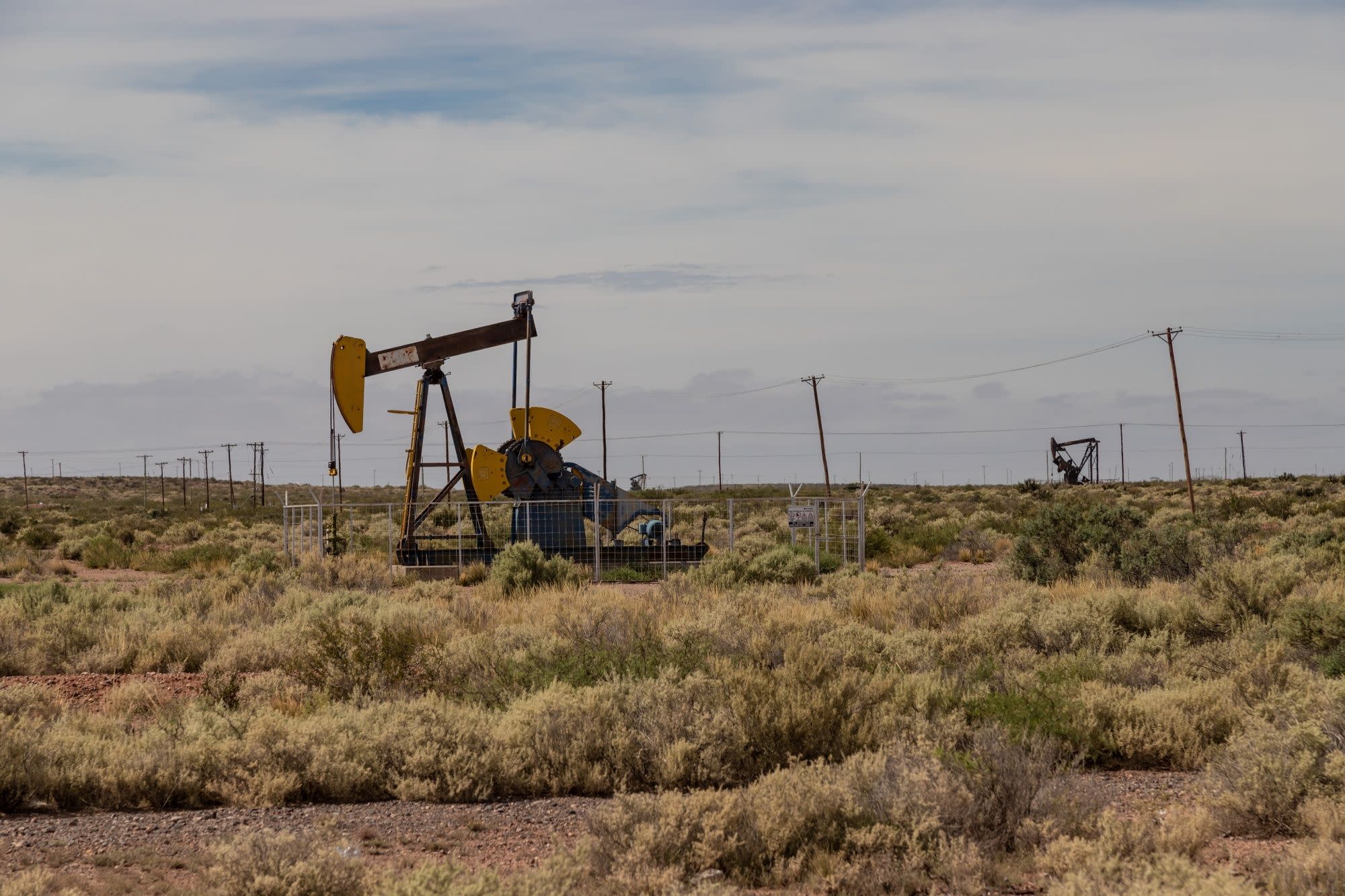Oil Declines After OPEC+ Wagers Market Can Absorb Extra Barrels

(Bloomberg) — Oil retreated after OPEC+ decided to ramp up output over the three months to July and figures showed coronavirus infections in India hit a record, highlighting risks to energy demand in one of Asia’s main importers.
West Texas Intermediate fell 0.9%, paring the 3.9% gain seen on Thursday, when the alliance agreed to loosen its supply curbs gradually. The grouping will raise production by more 1 million barrels a day in stages between May and July, and over the same period, Saudi Arabia will roll back its voluntary 1-million-barrel-a-day reduction. Markets were closed on Friday for a holiday.
Crude has staged an impressive rally this year as the roll-out of coronavirus vaccines paves the way for the reopening of key economies, and the decision by the Organization of Petroleum Exporting Countries and its allies was seen as a vote of confidence in the outlook. Reinforcing signs that some top regions are firmly on the mend, the U.S. added more than 900,000 jobs in March. Although that bodes well for oil demand, significant risks — such as the uptick in Indian cases — attests to a complex, multi-speed global picture.
Before Thursday’s meeting, the OPEC+ cartel had been expected to maintain its cautious stance by rolling over the cuts that applied to most countries, although Russia had been allowed an increase at the previous gathering. Saudi Energy Minister Prince Abdulaziz bin Salman said OPEC+ was now “testing” the market, and can reverse course if necessary at the next session on April 28.
“OPEC+ tapering was more of a compromise, rather than its confidence in market recovery,” said Vandana Hari, founder of Vanda Insights in Singapore. “Another rollover — with another round of dispensation for Russia — might have strained the cohesion in the alliance.”
After the OPEC+ meeting, Saudi Arabia raised prices for shipments to Asia. Saudi Aramco, the state energy firm, will increase its grades to the region in May by 20 to 50 cents a barrel. Most prices for North West European customers won’t be changed, while most grades to the U.S. will be cut by 10 cents.
Goldman Sachs Group Inc. remains bullish. Even after the OPEC+ decision to bring back supply, “a lot more” output was still needed through summer, the bank said in an April 1 report, describing recent price weakness as “transient.”
Progress in combating the pandemic remains mixed. An accelerating pace of vaccinations in the U.S. and China contrasts with setbacks elsewhere. In France, cases have surged due to more contagious variants, forcing a third lockdown. In India, infections rose more than 100,000 over the last 24-hours, and Mumbai authorities asked all private offices to work from home.
“Crude may be in a stalemate for the time being, awaiting further cues from demand,” said Hari. “I expect a continuing tug-of-war on sentiment between a Europe in lockdown and a U.S. racing toward freedom.”
Brent’s prompt timespread was 35 cents in backwardation. That’s a bullish pattern — with near-term prices trading at a premium to those further out — and it’s up from 6 cents last Monday.
For more articles like this, please visit us at bloomberg.com
Subscribe now to stay ahead with the most trusted business news source.
©2021 Bloomberg L.P.




